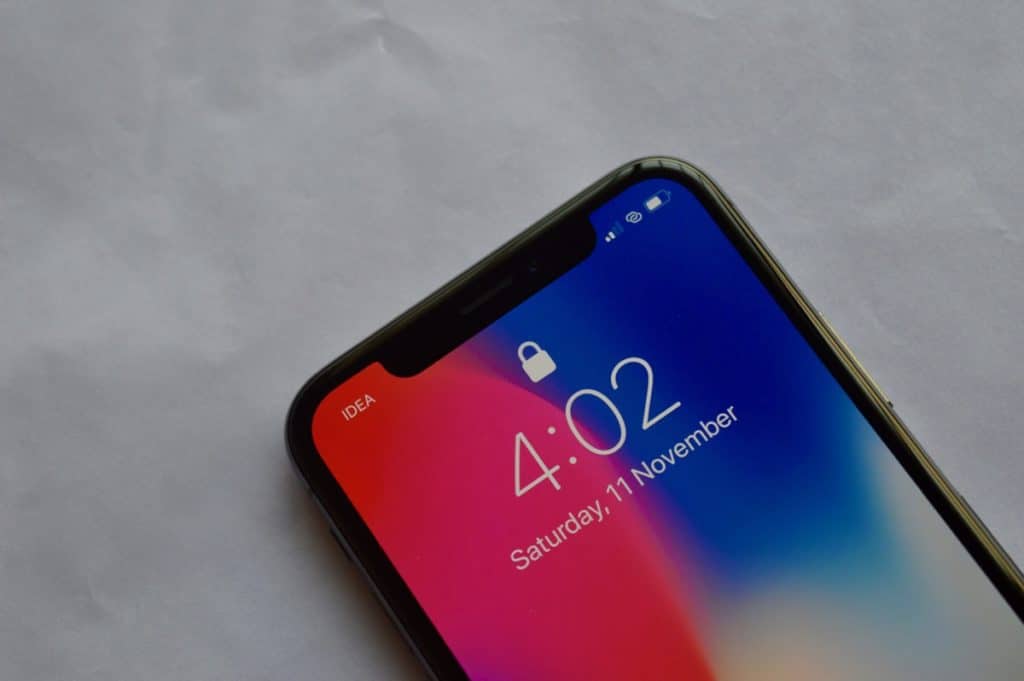
The verdict is in: Face ID is awesome. Yes, it’s slower than Touch ID but when it works, it’s almost invisible. In a way, it as a magical quality to it. But it’s still a first generation product (remember how slow first-generation Touch ID was), and it has the quirks and bugs that any first-generation technology has.
Face ID works great more than 90% of the time. But if those last few percentages are leaving you frustrated, try the following tips and tricks for a much better, more reliably Face ID experience.
Read more: iPhone X Face ID FAQ: Everything You Need to Know About Apple’s New Authentication System
1. Don’t Wait for the Padlock to Animate
It’s really tempting to just look at the Lock screen and wait till the padlock completes its animation. But this will just slow you down, in multiple ways.

This is how it’s supposed to work: You swipe up from the bottom edge and by the time you’re on the Home screen, the authentication is done. Face ID is designed to be invisible in a way. Usually, it is.
After a week of testing, we can say that Face ID authentication works best after you’ve swiped up to unlock.
It might be to save battery life, or that Apple is working out the kinks, but just staring at the iPhone lock screen (especially when you don’t have any notifications), rarely results into an unlocked state.
2. Fastest Method: Try to Tap and Swipe in One Swift Motion
The fastest way to use Face ID is to use the Tap to Wake method. Don’t go all the way up to the Side button to wake up the phone.
If the phone is lying flat, or the screen hasn’t woken up when you raised it, just tap once near the bottom part and quickly start swiping up. You’ll unlock the phone in no time.
3. Hold the iPhone Between 10-20 inches
Face ID works best when you’re holding it between 10-20 inches (25 to 50 centimeter) from your face. If it’s too far, you’ll need to bring it close (or angle in a different way). Similarly, if you’re in bed and you hold your iPhone too close to your face, it might not work.
Do this simple exercise: When Face ID refuses to authenticate, maintain the angle of the phone and just move it backward or forwards.
4. Keep the TrueDepth Sensor Area Clean
Over time, dust will accumulate in the sensor housing area (the notch). Especially if you use a case. Try to keep it clean from time to time. Using a microfiber cloth works best.
5. Disable Attention Detection
If you find that you unlock your iPhone in times it’s difficult to make direct eye contact – in the car, lying flat on the table, disable the Attention Detection feature.
Go to Settings -> General -> Accessibility -> Face ID & Detection and disable Attention Detection.

Now, Face ID will unlock your phone even when you’re not making eye contact with the display. This does increase the risk that someone else will unlock your iPhone when you’re sleeping or not paying attention.
6. Avoid Sunglasses
Some sunglasses don’t let IR through. Face ID uses IR for its Attention Detection feature. If your job requires you to wear IR blocking glasses, it’s best for you to disable the Attention Detection feature (steps highlighted above).
7. Adjust in Bright Lighting
Bright blaring sunlight seems to confuse Face ID, just like any other camera unit. So if you’re finding it difficult to unlock with Face ID when you’re out in the sunlight, try a different angle. Or tilt your phone in a different way.
8. When Face ID Fails, Enter Passcode

When Face ID fails the first time, instead of trying again, enter your passcode. When you enter the passcode, Face ID basically retrains itself.
From Face ID Security paper:
Conversely, if Face ID fails to recognize you, but the match quality is higher than a certain threshold and you immediately follow the failure by entering your passcode, Face ID takes another capture and augments its enrolled Face ID data with the newly calculated mathematical representation.
9. Enable Notification Previews on Lock screen

For me, Face ID wasn’t working great on the Lock screen. But when I’d swipe up to unlock, it works great. But this leads to a different frustration – the notification previews on Lock screen are hidden by default.
To change this behavior, go to Settings -> Notifications -> Show Previews -> Always.

Now, you won’t need to unlock with Face ID to view notifications (interaction still requires Face ID authentication).
10. Reset Face ID

The last resort is to reset Face ID altogether. When you do this, you’re deleting all the previous Face ID data (your first scans and its subsequent learnings).

Go to Settings -> Face ID & Passcode and select Reset Face ID. Then follow the same steps you took when setting it up. You’ll need to scan your face twice.
Your Experiences with Face ID?
What are your thoughts on life with Face ID on the new iPhone X? Share with us in the comments below.